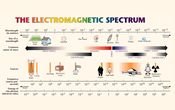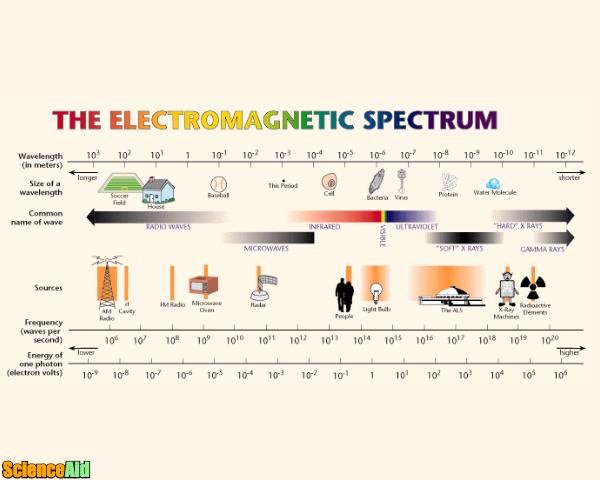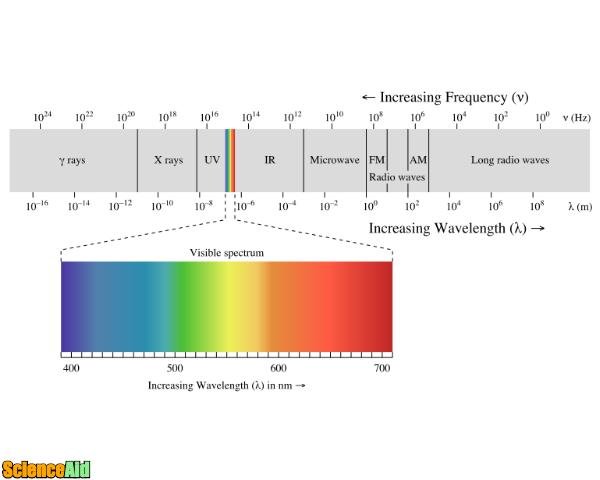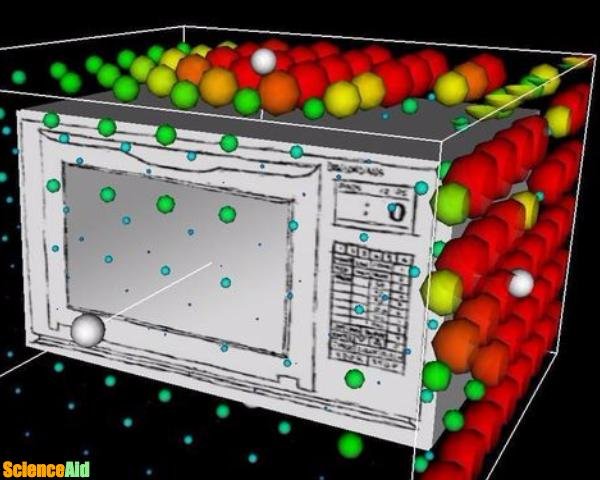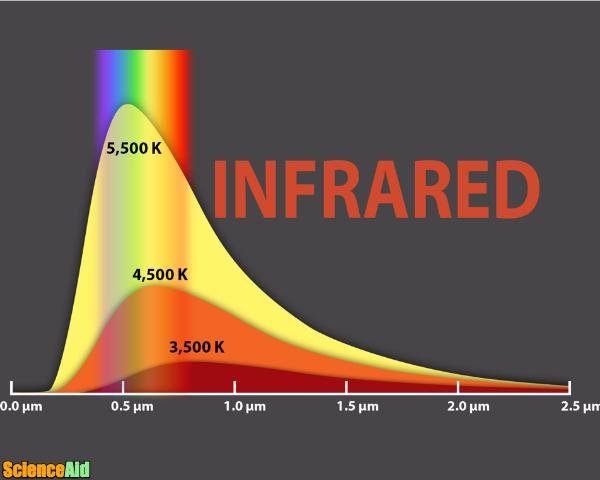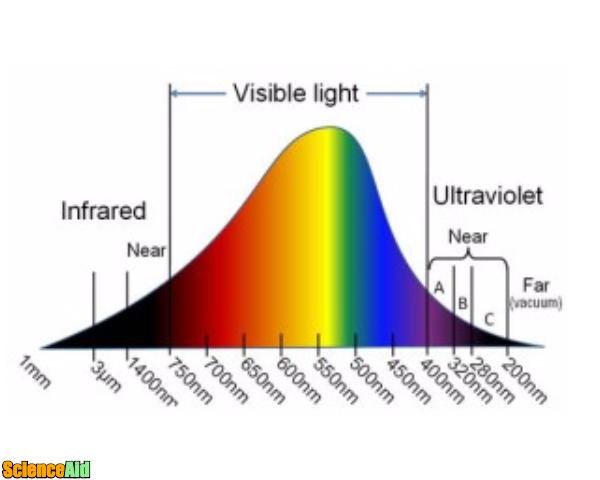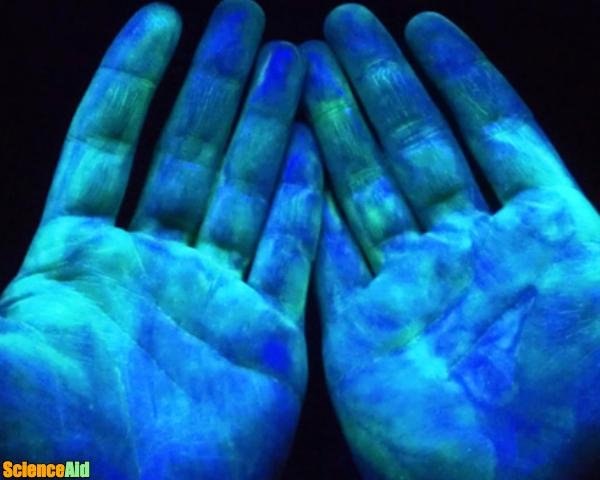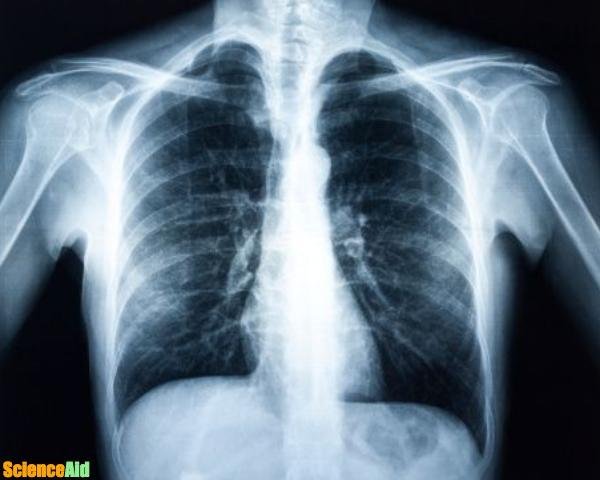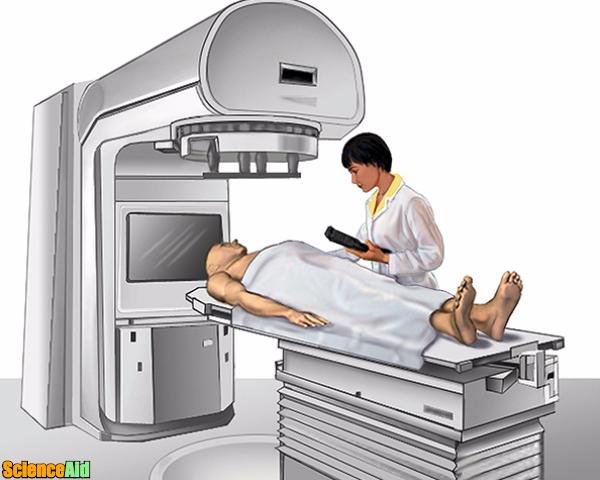Electromagnetic Spectrum
Edited by StephWrites, Sharingknowledge, Jen Moreau
Electromagnetic spectrum
There is an invisible world out there for us, secret atmospheres our eyes can't see. If you were an owl, for example, you would be able to see at night without a problem. Radars or bats can as well recognize images in darkness or bad weather by noticing reflected radio waves. A camera sensitive to x-rays sees through different objects, like cars or buildings. The light we as humans perceive is only a portion of all the electrical and magnetic energy around our world. The electromagnetic waves travel in a variety of lengths, so we consider them to be a spectrum. Consequently, scientists refer collectively to all these waves as the electromagnetic spectrum.
Who discovered it?
James Clerk Maxwell (1831 to 1879) uncovered a single theory that explained electricity and magnetism together after scientists before him had thought they were completely separate things. Maxwell published in 1873 an outstanding theory of electromagnetism. He saw that electromagnetism could travel in the form of waves, at the speed of light, so he concluded that light itself was a kind of electromagnetic wave. In 1889, Heinrich Hertz (1857 to 1894) was the first one to produce electromagnetic waves in a laboratory. Thanks to that achievement, radio, television and even wireless Internet were able to exist. To understand how this was possible, let's see what electromagnetic radiation is.
What is electromagnetic radiation?
It's a whole range of energy. We call electromagnetic spectrum the light waves and other types of energy that radiate from where they are emitted. Our eyes can see only an incomplete piece of the electromagnetic spectrum. When we see the rainbow on a sunny-rainy day, we are only looking a tiny portion of all the electromagnetic radiation that surfs across our planet. The energy we can see it simply called light, and like x-rays, infrared and all the rest, it's made of electromagnetic waves. These lights are up-and-down, wave-shaped patterns of electricity and magnetism, they race along to one another at light speed, so fast that they could go 400 times around the globe in a minute. The light visible for us stretches in a spectrum of colors that range from red which is the lowest frequency and the longest wavelength of light our eyes can register and then continues to orange, then yellow, green, blue, and indigo to violet which is the highest frequency and shortest wavelength we can see.
What kind of electromagnetic waves are there?
We can classify electromagnetic waves according to their frequency, and there are different types of waves with different uses in our daily lives.
- 1This kind of waves have the longest wavelengths in the electromagnetic spectrum. Most electronics function with this kind of waves. Besides just bringing music to your radio, radio waves also transmit signals to your television, cell phones, walkie-talkies or wireless networks. As an example, let´s look at the different ways that TV gets its signal: first, a television station broadcasts the signal in the form of electromagnetic waves which are then received by the antennae on your television and are next displayed on your television screen. Also, cable companies use radio waves through antennae or dishes which receive waves broadcasted from local TV stations. The difference with both examples is that the signal is sent through a cable to your house and not across the air. Here is an interesting fact: It was until 1932 when it was discovered that astronomical objects also emitted radio waves. This breakthrough urged astronomers to improve their equipment. They created and developed advanced systems, so they were able to take pictures of the radio waves produced by astronomical objects.Radio waves:Advertisement
- 2These waves are shorter than radio´s, and its wavelengths are measured in centimeters. They are good for transmitting information from one place to another because microwave energy can penetrate clouds, haze, light rain, snow, and smoke. They are often used in communication. They are also used for radars like the one used in weather forecasts. Microwave towers can transmit information from one city to another, like telephone calls or computer data.Microwaves:
- 3Has a slightly shorter frequency than microwaves. Even if we can't see it, we can feel it heating our skin on a sunny day. When infrared waves are smaller and closer to each other, they do not get hot, so it's not possible to feel them. This is the kind that is used in TV's remote controls to send signals to the television. Furthermore, any living being or object which has a temperature radiates in the infrared. Even objects such as an ice cube produce infrared waves. Infrared is emitted from objects that are not quite hot enough to radiate visible light.Infrared:
- 4This is the light we can actually see during the daytime or even during the night, it is just a tiny slice in the middle of the wide spectrum. We perceive these waves the same as the colors of the rainbow. Each color has a different wavelength. Our eyes are adapted to receive these little visible light waves. During daytime, the Sun is the primary source for visible light waves and our eyes can perceive the reflection of this sunlight on the objects around us. The color of an object is the color of light reflected on it, the rest of the colors are absorbed. During the night, light bulbs are another possible source of visible light waves.Visible light:
- 5as you can imagine, UV light has shorter wavelengths than visible light. This kind of waves are invisible to the human eye, but some insects can see them. Sunburns are produced by ultraviolet waves. The Sun radiates light to all the different wavelengths in the electromagnetic spectrum, but it is ultraviolet waves that are guilty of causing our sunburns. Ultraviolet is divided into three regions in the spectrum: the near ultraviolet, the far ultraviolet, and the extreme ultraviolet. The three regions are differentiated by how lively the ultraviolet radiation is, and also by the wavelength of the ultraviolet light in relation to energy.Ultraviolet:
- 6X-rays have smaller wavelengths and therefore higher energy than ultraviolet waves. As the wavelengths of light fall, they intensify in energy. The first scientist to observe them was Wilhelm Conrad Roentgen in 1895. He found them quite by accident while experimenting with vacuum tubes. X-rays are used for studying tooth decay and detecting events in distant galaxies, but probably the most common use known is in medicine: for diagnosis and treatment. X-ray machines take photos of a patient's body. They can check for broken bones, they can spot pneumonia and in mammograms, they are used to look for breast cancer. They can also be used for security as X-ray scans. When you have an X-ray, you should wear a lead apron to protect certain parts of your body. However, the radiation you get from a single X-ray shot is small.The X-rays:
- 7Gamma rays were first observed in 1900 by Paul Villard when he was investigating radiation from radium. These are the most energetic and dangerous waves. They have the smallest wavelengths but also the most energized amongst any other wave in the electromagnetic spectrum. Gamma waves are produced by radioactive atoms and during nuclear explosions. They can kill living cells, something which medicine has used to its advantage as a way to treat cancer. This is called radiotherapy and it works because healthy cells can repair themselves but cancer cells can't. It's also used to kill bacteria or to sterilize medical instruments. In Astronomy, Gamma ray telescopes help astronomers to detect supernovas, pulsars, and black holes.Gamma rays:
At the time when researchers initially understood that electromagnetic waves could be transmitted through the air, they didn't comprehend the full degree or effect of what they had found. As our insight into the electromagnetic range and the properties of electromagnetic waves has expanded, we have learned to control and endeavor them in various courses for a wide range of employments. Even if you are not able to see this invisible world, remember that Science goes beyond the obvious and that which appears to our senses as unnoticeable, can actually improve our world in many different practical and beautiful ways.
Referencing this Article
If you need to reference this article in your work, you can copy-paste the following depending on your required format:
APA (American Psychological Association)
Electromagnetic Spectrum. (2017). In ScienceAid. Retrieved Apr 19, 2024, from https://scienceaid.net/Electromagnetic_Spectrum
MLA (Modern Language Association) "Electromagnetic Spectrum." ScienceAid, scienceaid.net/Electromagnetic_Spectrum Accessed 19 Apr 2024.
Chicago / Turabian ScienceAid.net. "Electromagnetic Spectrum." Accessed Apr 19, 2024. https://scienceaid.net/Electromagnetic_Spectrum.
If you have problems with any of the steps in this article, please ask a question for more help, or post in the comments section below.
Comments
Article Info
Categories : Physics | Electricity
Recent edits by: Sharingknowledge, StephWrites
